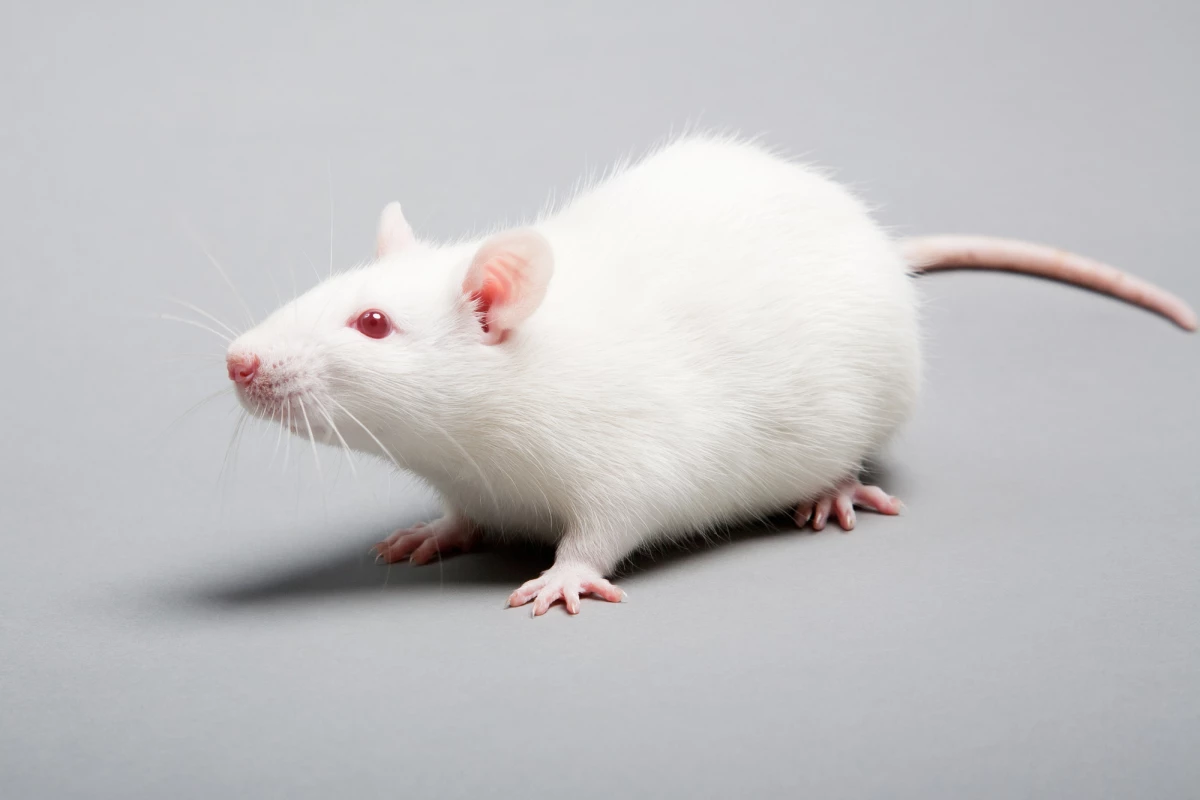The ability to pick up the beat in a song and predict its timing, perhaps even shaking your hips to it if you’re that adept on the dance floor, is thought to be skill unique to humans. Known as beat synchronicity, new research suggests this may well extend to the animal kingdom, with scientists uncovering the ability in rats.
Scientists at the University of Tokyo were inspired to explore the potential for beat synchronicity in animals by recent research hinting at the capability, and viral videos like this one of a parrot cutting loose to Gangnam Style. But what the scientists really wanted to drill into was whether animals possess the neural and motor capabilities to recognize the beat in a song and groove to it without training, much like you might tap your fingers in time to a bass line you like when you first hear it.
The experiments involved 20 human subjects and 10 rats, all fitted with accelerometers to accurately track their head movements. The scientists played one-minute music excerpts, primarily of Mozart, at four different tempos, and found that like humans, the rats jerked their heads in time with the beat. This beat synchronicity in the rats, and in humans, was clearest in the 120 to 140 beats-per-minute range.
“To the best of our knowledge, this is the first report on innate beat synchronization in animals that was not achieved through training or musical exposure,” explained study author Associate Professor Hirokazu Takahashi.

The findings also shed light on what the optimal music tempo might be for beat synchronicity more generally. The scientists had two ideas around the determining factors for this, with one being that the speed of physical movements (or time constant of the body), would play an important role, which varies between species as illustrated by the way a rat scurries with much faster motions than a human walking. The other was that it would be determined by the speed of the brain’s responses (or time constant of the brain), which, in contrast, is similar across different species.
“Rats displayed innate – that is, without any training or prior exposure to music – beat synchronization most distinctly within 120-140 beats per minute, to which humans also exhibit the clearest beat synchronization,” explained Takahashi. “The auditory cortex, the region of our brain that processes sound, was also tuned to 120-140 bpm, which we were able to explain using our mathematical model of brain adaptation.”
Because the beat synchronicity was determined by the time constant of the brain, the scientists believe this capability may be more common among other species than we realized. Further, the research sheds light on the evolution of beat synchronicity in humans, and could uncover other mysteries of music and art.
“Next, I would like to reveal how other musical properties such as melody and harmony relate to the dynamics of the brain,” said Takahashi. “I am also interested in how, why and what mechanisms of the brain create human cultural fields such as fine art, music, science, technology and religion. I believe that this question is the key to understand how the brain works and develop the next-generation artificial intelligence. Also, as an engineer, I am interested in the use of music for a happy life.”
The research was published in the journal Science Advances.
Source: University of Tokyo




